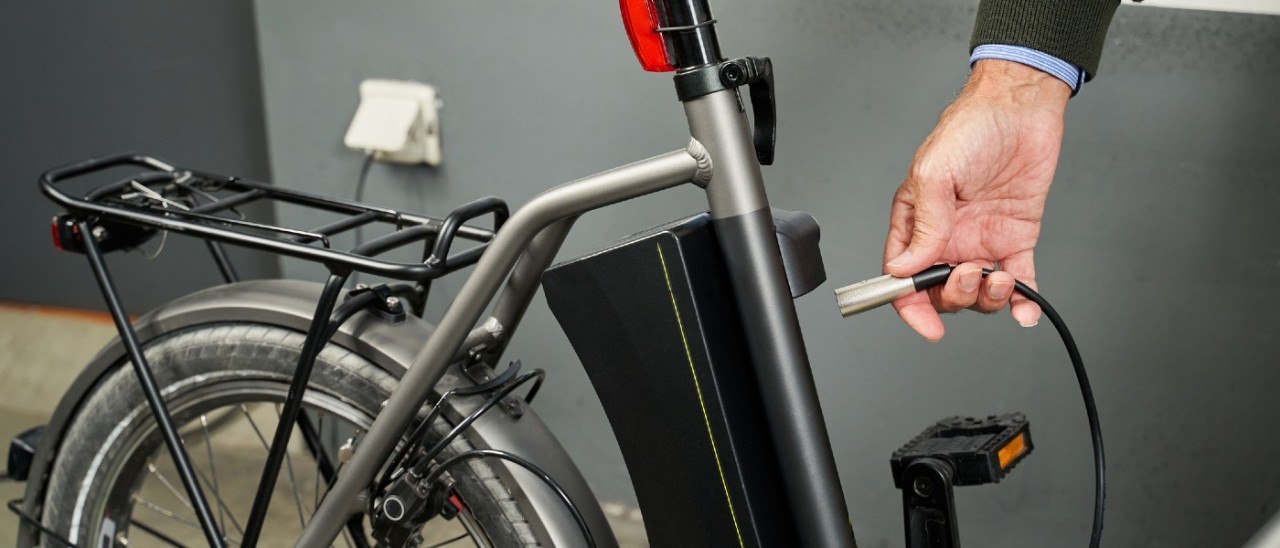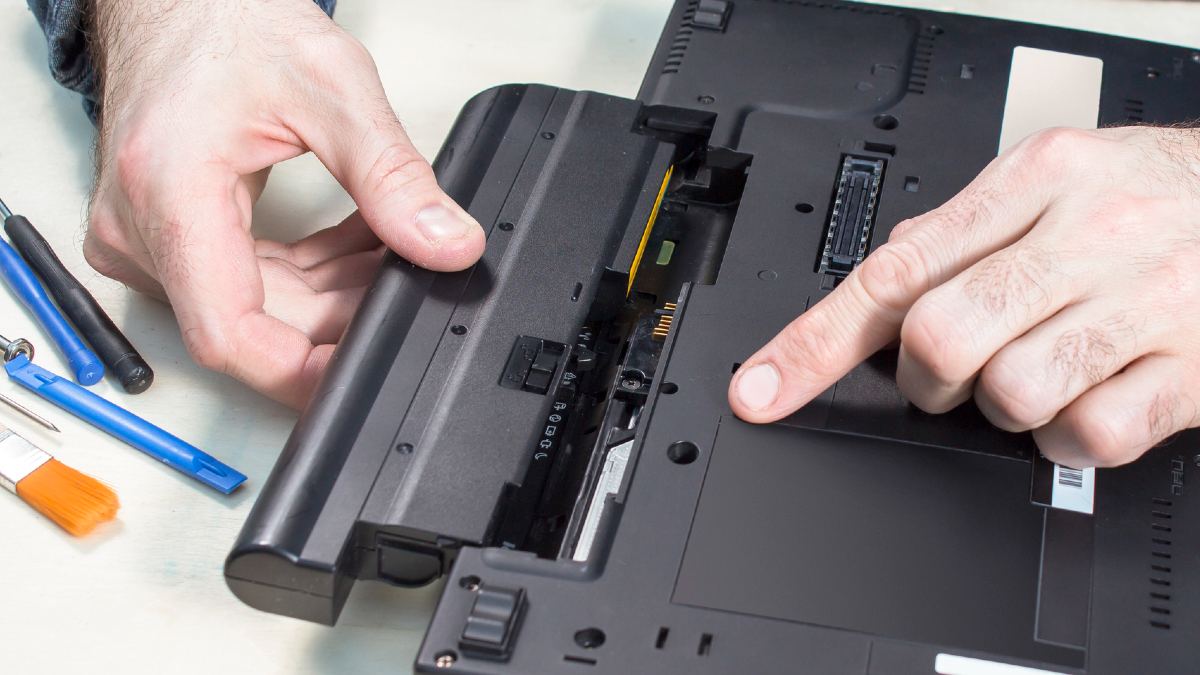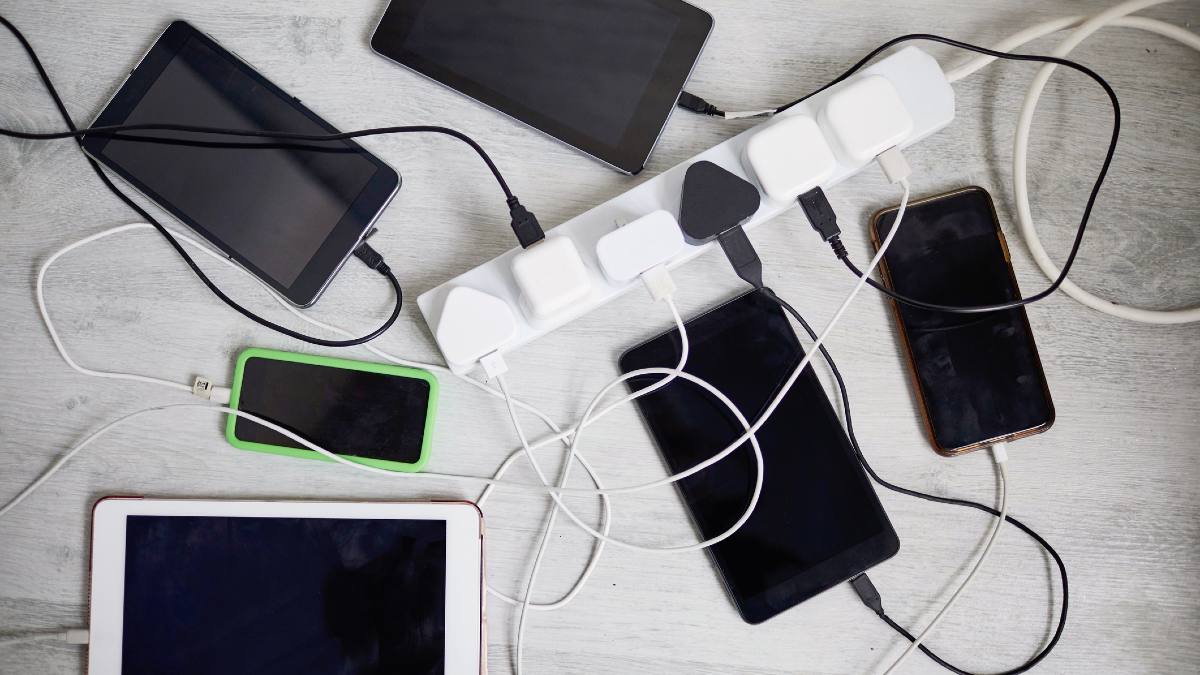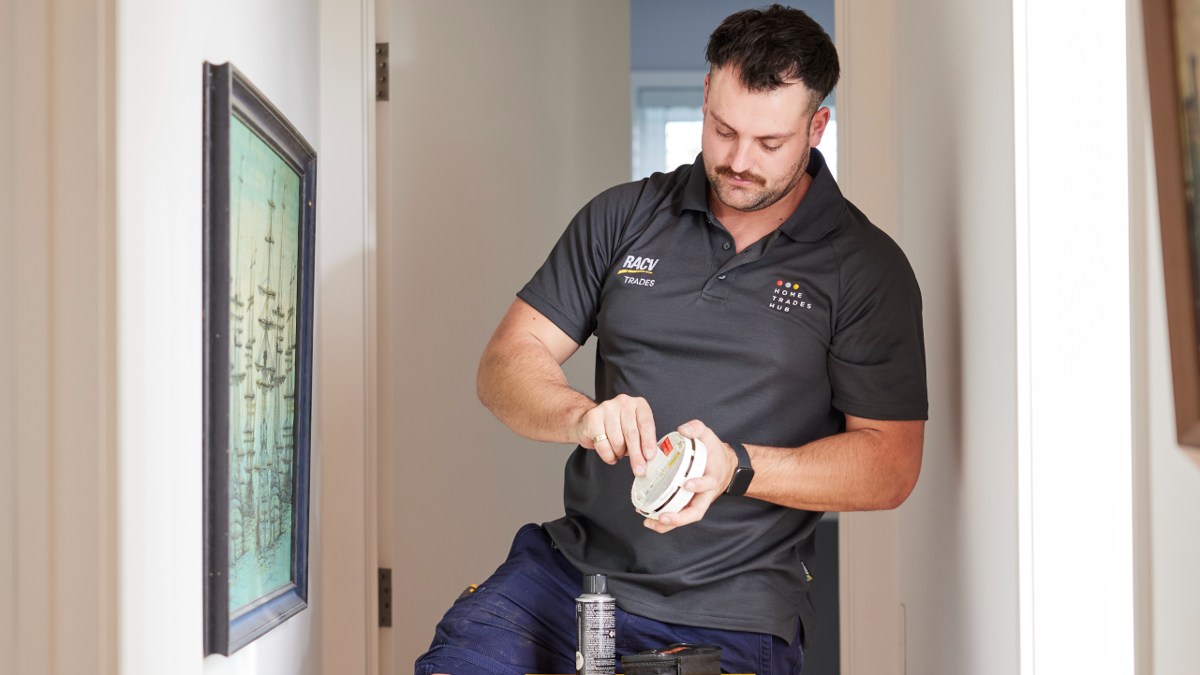Your home is a top target for burglars when you go on holidays. Here’s what burglars are looking for when they break and enter your home, plus how to safeguard your house.
Guide to lithium-ion battery fires and how to stay safe

Lithium-ion battery fires cause almost one fire every day in Victoria. Here is a guide to what causes lithium-ion battery fires and how to prevent them.
Lithium-ion batteries are commonplace in modern appliances, with the technology present in everything from smartphones and laptops to vacuum cleaners and e-bikes. If you own any cordless, rechargeable electronic devices, there’s a significant chance it contains a lithium-ion battery.
Although the batteries are convenient, they are also potentially dangerous. In September 2024, Fire Rescue Victoria (FRV) reported they were responding to almost one lithium-ion battery fire every day.
Here’s what you need to know about lithium-ion batteries, and how to minimise the risk of a lithium-ion battery fire occuring in your own home.

Lithium-ion batteries are found in many common products like laptops and phones. Image: Getty
Lithium-ion battery fires: how to stay safe
What is a lithium-ion battery?
Lithium-ion batteries are rechargeable, energy-dense and long-lasting batteries found in many battery-powered household items. Lithium-ion batteries come in various shapes and sizes, but they're all rechargeable and usually have some variation of “Lithium” or “Li” printed on them.
What appliances are lithium-ion batteries used in?
Laptops, mobile phones, tablets, power banks, e-cigarettes, electric shavers, power tools, domestic appliances, e-scooters and e-bikes are just some of the many rechargeable items in your house that probably contain lithium-ion batteries.
Lithium batteries, as opposed to lithium-ion batteries, are single-use only. They are commonly found in smoke alarms, digital cameras, television remotes, and some gaming controllers.
More: Do electric vehicles contain lithium-ion batteries?
What causes lithium-ion fires?
Lithium-ion batteries can potentially overheat thanks to their high-energy density, which can cause a cell inside the battery to short-circuit. The Country Fire Authority (CFA) Victoria advises that short-circuiting lithium-ion batteries can release flammable, toxic gases that may catch fire.
This triggers a chain reaction through the other cells in the sealed battery unit called a ‘thermal runaway’, where temperatures can reach highs of 500°C. You may see white smoke coming out of the battery or device at this point. The battery can then explode and shower burning fragments around the room, which in turn can set fabrics and furnishings alight.
Many larger lithium-ion battery-operated devices such as e-scooters, e-bikes and power tools are left on charge in the garage for too long, where they can easily overheat, and the resulting fire can’t be picked up by a smoke detector. Objects like your car, petrol, paint and other common garage items are extremely flammable, leading to uncontrollable fires.
Sparks, flames and other violent behaviour is much more common if the battery is fully charged. That's why it's important to prevent overcharging by taking devices off charge as soon as, or even slightly before, they reach full charge.
In Australia, lithium-ion batteries and their chargers sold through reputable retailers must adhere to certain standards, which greatly reduces the risk of lithium-ion battery fires.
Even so, incidents can happen because of:
- Overcharging the lithium-ion battery
- Using an incorrect charging cable for the device or battery
- Exposing the lithium-ion battery to extreme heat sources, water or humidity
- Dropping, crushing, denting, puncturing, cracking, or otherwise physically damaging the lithium-ion battery
- Leaving the lithium-ion battery in fresh or salt water for a long time, causing corrosion within the battery
- Lithium-ion battery system faults, cell malfunctions, short-circuiting or manufacturing defects.
More: Laptop insurance: how to coverage for your laptop with contents insurance

Don't leave charging devices unattended in your home and remove them from charge as soon as the battery is full. Image: Getty
How do you prevent lithium-ion fires from occurring in the home?
Use the appropriate charger
Many cheaper rechargeable devices have flooded the market in recent years, especially on marketplace websites. The CFA reports that using chargers with the incorrect power delivery (voltage and current) can damage lithium-ion batteries. A non-compliant charger may not ‘talk’ to the lithium-ion battery properly, so it will overcharge the battery rather than turning off when the battery is fully charged.
Only use chargers supplied with the device, or third-party chargers compatible with the battery specifications that are certified with the Australian Standards Regulatory Compliance Mark.
In addition, the CFA suggests only plugging in one device per outlet, keeping power boards and cables neat and tidy, and not using worn or damaged power cables.
Never overcharge your devices
Most importantly, avoid overcharging your batteries and devices. The CFA recommends disconnecting your device or lithium-ion battery from the charger once it indicates that it's fully charged. Since there is a higher fire risk if you aren't attending the charging device, avoid charging your devices overnight or when you are away from home. Using a powerpoint timer can also help, as the timer will switch off the charging after a specified amount of time.
In addition, stop using the device if you notice an issue such as losing power on a regular basis, which might indicate that the lithium-ion battery is degrading.
Charge your devices in an appropriate location
Select an appropriate location in your house for charging. Consider charging them in a room where it would be more difficult for a fire to spread. Don’t charge items in rooms without a working smoke alarm or in a location that blocks an exit. In August 2024, FRV responded to an apartment fire caused by an e-bike battery that was charging near the door and blocking the exit, forcing the residents to evacuate out of a window.
The CFA urges Victorians to keep charging devices off soft furnishings such as beds, sofas, pillows, blankets, clothing, paper and carpet, all of which can easily catch fire.
You should also keep devices and appliances using lithium-ion batteries and charging devices out of direct sunlight and other heat sources.
Exercise caution if buying second-hand
The Australian Competition and Consumer Commission (ACCC) advises caution if buying a second-hand lithium-ion battery or product containing a lithium-ion battery. This is because it is difficult to accurately know how the battery has been treated in the past or the current state of the battery's health.
The ACCC also states there are serious risks to products that contain retrofitted or repurposed lithium-ion batteries. If a device requires a new battery, it should be purchased from the original manufacturer wherever possible, and be installed either by the original manufacturer or an experienced professional.
Keep your smoke alarms maintained
Finally, keep your smoke alarms in good maintenance and make sure the battery is regularly checked by a professional. Smoke alarms are vital to saving lives in the event of a fire.
More: Guide to smoke alarms: installation, testing, maintenance, and laws

Checking and maintaining your smoke alarms is vital to saving lives in the event of a fire.
How do you safely dispose of lithium-ion batteries?
Used, old or damaged lithium-ion batteries are a type of e-waste, and are potentially hazardous as they contain toxic chemicals, heavy metals, and other pollutants that could contaminate water supplies and ecosystems.
As a result, the CFA says that lithium-ion batteries should never be placed in your rubbish or recycling bin. In fact, they can even cause fires in household bins, garbage trucks and waste or recycling facilities.
Luckily, there are many places you can freely and safely dispose of old or damaged lithium-ion batteries thanks to B-cycle, Australia’s national battery recycling scheme. The scheme also keeps toxic materials out of landfill, where they could contaminate groundwater and soil. If safe to do so, place leaking or damaged batteries in a clear plastic bag before taking them to a disposal facility. Find your closest disposal location here.
Some local councils also provide safe avenues to dispose of lithium-ion batteries, as so some retailers.
How do you extinguish a lithium-ion fire?
Lithium-ion battery fires require different extinguishing methods to a traditional fire. You should not attempt to extinguish a lithium-ion fire yourself, because the vented battery gases, vapours and smoke are highly toxic to inhale.
If your battery-operated device or charger feels extremely hot to touch, or if you notice any of these abnormalities:
- odours, leaking, case discolouration
- blistering, bulging or swelling
- abnormal popping, hissing or crackling sounds.
Then the CFA advises immediately turning the power off, unplugging the device from the power outlet and moving it outside away from anything that can catch fire (if it's safe to do so). Then, evacuate the house and call 000 for a fire brigade. Even if there is no fire, the toxic fumes from a damaged lithium-ion battery can be dangerous to inhale, and an overheated lithium-ion battery may reignite.
The CFA advises to always use gloves or other hand protection before touching or moving leaking lithium-ion batteries. Touching a leaking lithium-ion battery with bare hands can cause severe burns. If you incur a burn injury, seek medical attention urgently.
If smoke or flames start emitting from the battery or device, the CFA urges Victorians not to touch the device. Instead, evacuate the area and close doors as you leave (if safe to do so) to slow the spread of the fire. Call 000 for a fire brigade, advising the operator that it is a lithium-ion battery incident, and wait in a safe outdoor location for the emergency services to arrive.
The information provided is general advice only. Before making any decisions please consider your own circumstances and the Product Disclosure Statement and Target Market Determinations. For copies, visit racv.com.au. As distributor, RACV Insurance Services Pty Ltd AFS Licence No. 230039 receives commission for each policy sold or renewed. Product(s) issued by Insurance Manufacturers of Australia Pty Ltd ABN 93 004 208 084 AFS Licence No. 227678.


